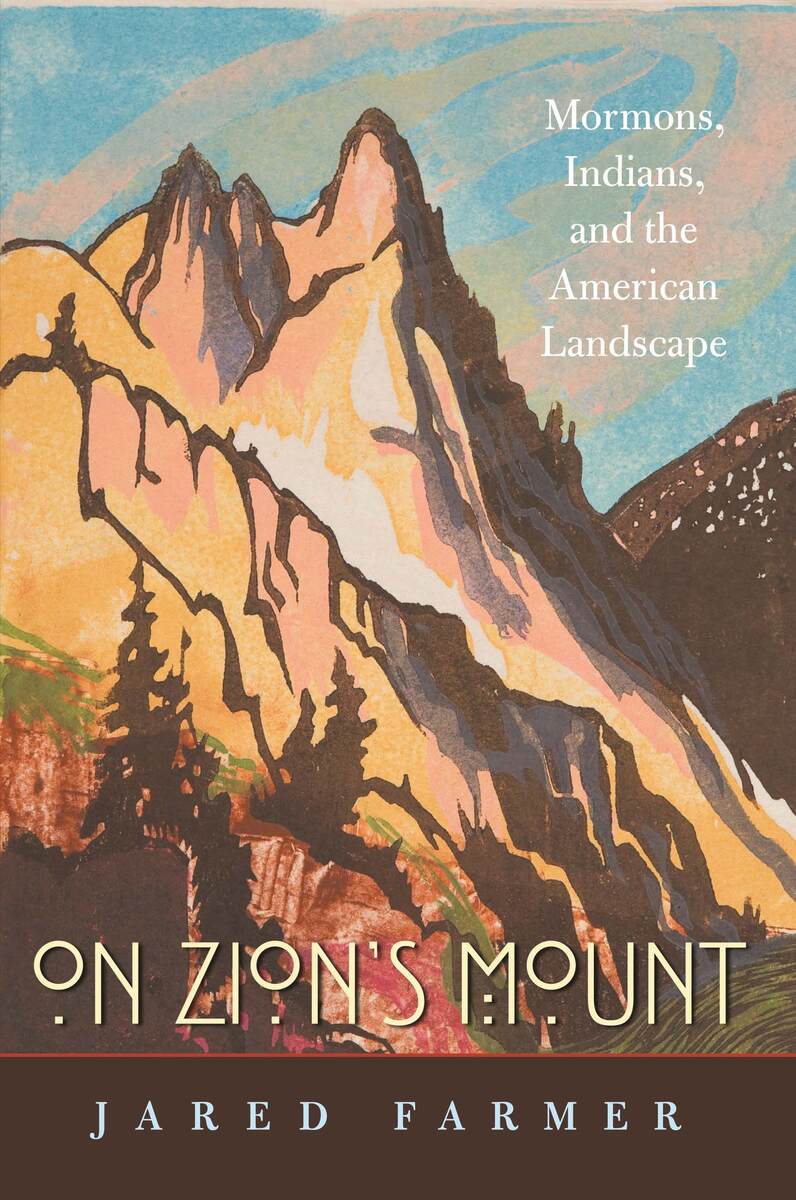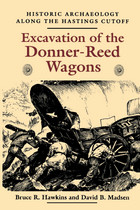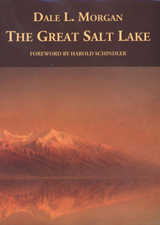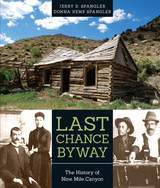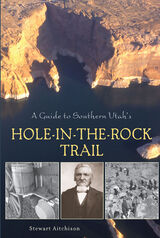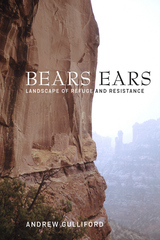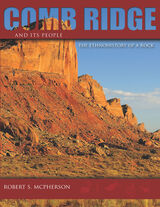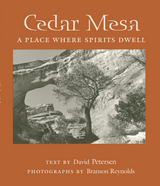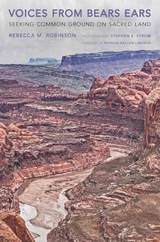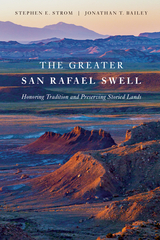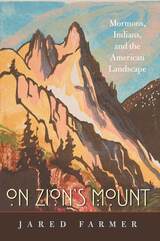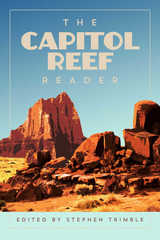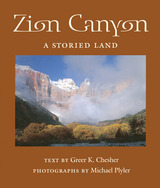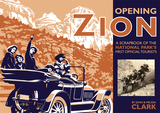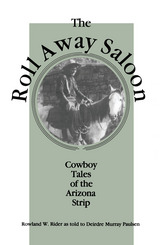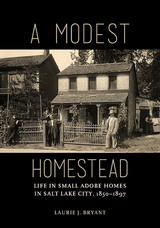This stunningly original book proves that geography and our sense of place are mere creations of history, and with it Jared Farmer has proven himself a brilliant trailblazer of the past in the Wallace Stegner tradition.
-- Francis Parkman Prize Committee, Society of American Historians
Magnificent historical storytelling, both fun and provocative. Ostensibly framed around the creation of a landmark peak in the American West, On Zion's Mount details the production of memory in the service of forgetting. Transcending the parochial nature of older Utah and Mormon histories, Farmer constructs an intellectual universe around the Mormon-Ute contest for place. He traces the physical and folkloric fallout of that complex history through to twentieth-century raconteurs, promoters, and developers who continued to reinvent the cultural landscape. Farmer is unflinching in his loving but pointed critique of a culture that venerates history and simultaneously clings to historical forgetfulness.
-- David Rich Lewis, Utah State University
Few books can match the intellectual pleasure and wonderful writing of this study. Jared Farmer helps us see a world filled with landmarks that we construct in our heads and through our actions. His insights sparkle on every page.
-- Clyde A. Milner II, editor, A New Significance: Re-envisioning the History of the American West
Beginning with a striking mountain in Utah, On Zion's Mount opens up a world of connections between landscape, folklore, history, and pop culture. In witty, lucid prose, Jared Farmer illuminates the legends Americans wove to possess Indian land. A great read, this brilliant book will intrigue anyone interested in the past, present, and future of the land we live with and weave stories about.
-- Alan Taylor, author of The Divided Ground: Indians, Settlers, and the Northern Borderland of the American Revolution
This multilayered, beautifully written story explains how nature alone does not create landscapes; people are always complicit. There is no better introduction to this region and to the cultural formation of landscapes than Farmer's work.
-- Richard Lyman Bushman, author of Joseph Smith: Rough Stone Rolling
Jared Farmer has given us a rich, graceful environmental history, all five senses engaged. With the warmth of a native son, the passionate curiosity of a born scholar, and the perfect pitch of the master storyteller, Farmer introduces us to the heart of Utah, a place long inhabited, used, fought over, mystified, stolen, mythologized, and, it seems, deliberately forgotten. On Zion's Mount is riveting, a joy to read and to pass along to devotees of the American West.
-- Virginia Scharff, author of Twenty Thousand Roads: Women, Movement, and the West
Farmer's brilliant study of the rise and fall of two linked landmarks--Utah Lake and Mt. Timpanogos--opens up the history and memory of American place-making in exciting new ways.
-- Philip Deloria, author of Playing Indian
An intriguing and original book, well written, refreshingly accessible and often entertaining. It is both a history and a meditation on places, memories, and changing identities. I don't know of another book quite like it.
-- Elliott West, author of The Contested Plains: Indians, Goldseekers, and the Rush to Colorado
On Zion’s Mount is a well-researched, thoughtful exploration of how landscape is produced by societies as a result of certain historical conditions. The book deserves praise for challenging memories that are built on first forgetting.
-- Tom Harvey Salt Lake Tribune
This is not a conventional history of Mormon-Indian relations during the second half of the 19th century. Rather, Farmer offers an intellectual interpretation of the Utah Valley and its most identifiable landmark--Mount Timpanogos, which towers above Provo and Orem. He also explains how white people (mostly Mormons) created pseudo-Indian legends that strengthened white claims while reducing the indigenous Ute attachment to the landscape...[Farmer] compares similar legends throughout the nation and explains how they were created to reflect the prevailing ideologies of the day. As an intellectual and cultural investigation, this book ably weaves diverse fabrics of history and folklore into an understandable whole.
-- M. L. Tate Choice
This beautifully written book, at once deeply felt and intellectually rigorous, is about what we sacralize and what we destroy. It is a story about how Mormons invented a mountain and made it sacred, and how they degraded, and then ignored, a lake that had been the center of an earlier Ute Indian world. Both events were as much about the relationship between peoples as about the relationship between people and nature, and neither of these paired events could be understood only locally. Jared Farmer makes Mt. Timpanogos a summit from which to survey the long and tangled relations of Americans with nature.
-- Richard White, author of "It's Your Misfortune and None of My Own": A History of the American West
Just as Mt. Timpanogos is more than a simple landmark, this book is far more than the history of a mountain peak...Farmer weaves together multiple historical narratives to produce a book that is both intellectually rigorous and pleasurably accessible...This work is a study in American and Mormon pioneering and Mormon-Indian relations even as it serves to explicate the intricate relationship among geography, memory, and societal construction in the years following that initial pioneering...He has written a book that will engage historians of multiple fields and will make significant contributions to multiple historiographies.
-- John P. Bowes American Historical Review
This splendid volume is a tour-de-force of historical scholarship that all lovers of Utah history will want to read...Ambitious, imaginative, theoretically sophisticated, and highly engaging, this volume tells the story of the creation of Mount Timpanogos as a cultural landmark and the concomitant fading of Utah Lake and the Lake Utes from most Utahns' historical memory...This book's breadth, wit, eloquence, and creative reinterpretation of local history in light of key developments in American cultural history make it a must-read.
-- Brian Q. Cannon Utah Historical Quarterly
On Zion's Mount is an important book for historians of the American West and the nation as a whole. It offers an engaging look at how twentieth-century American popular culture configures, and then reconfigures, place as the stage upon which all history takes place.
-- Richard G. Francaviglia Journal of American History
